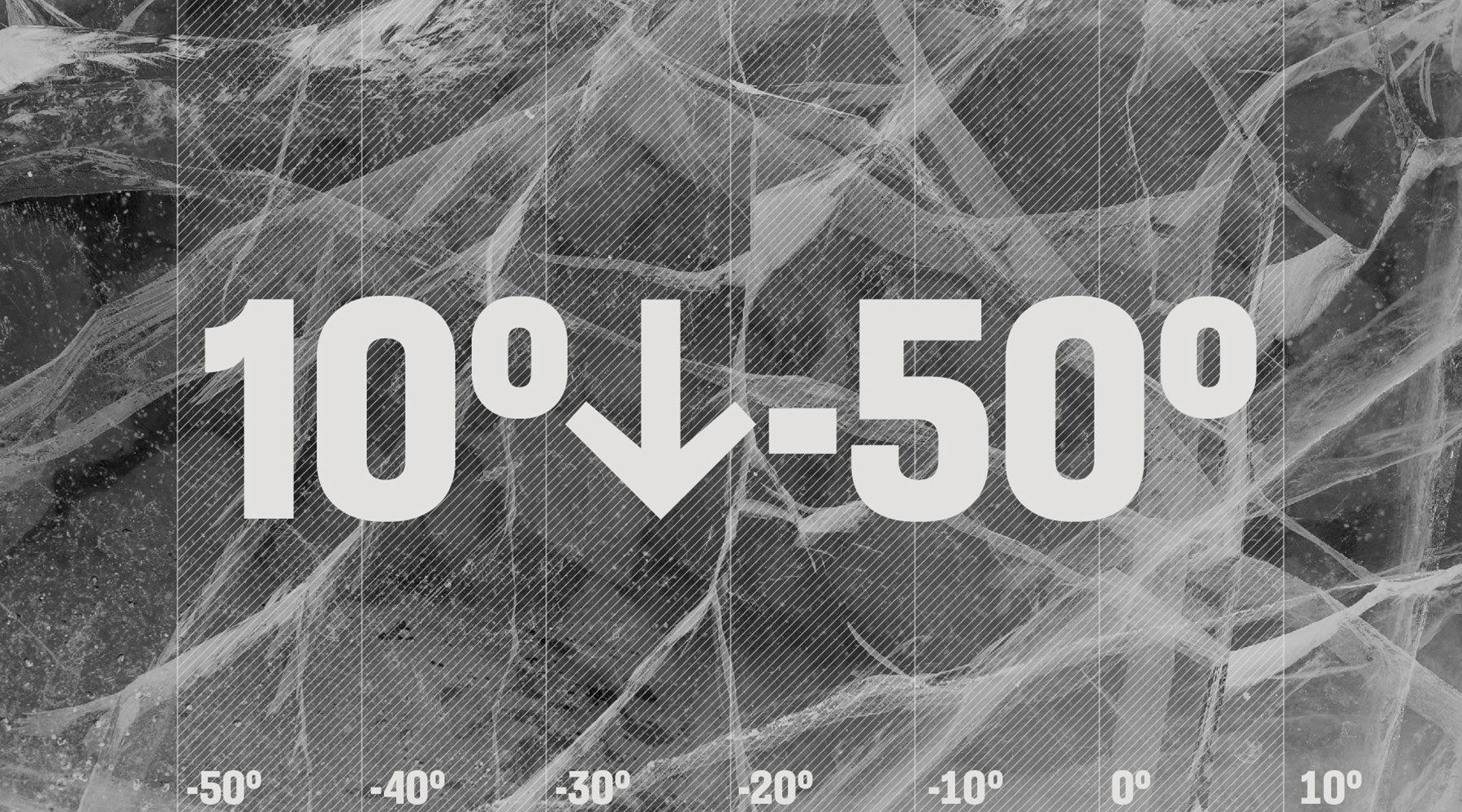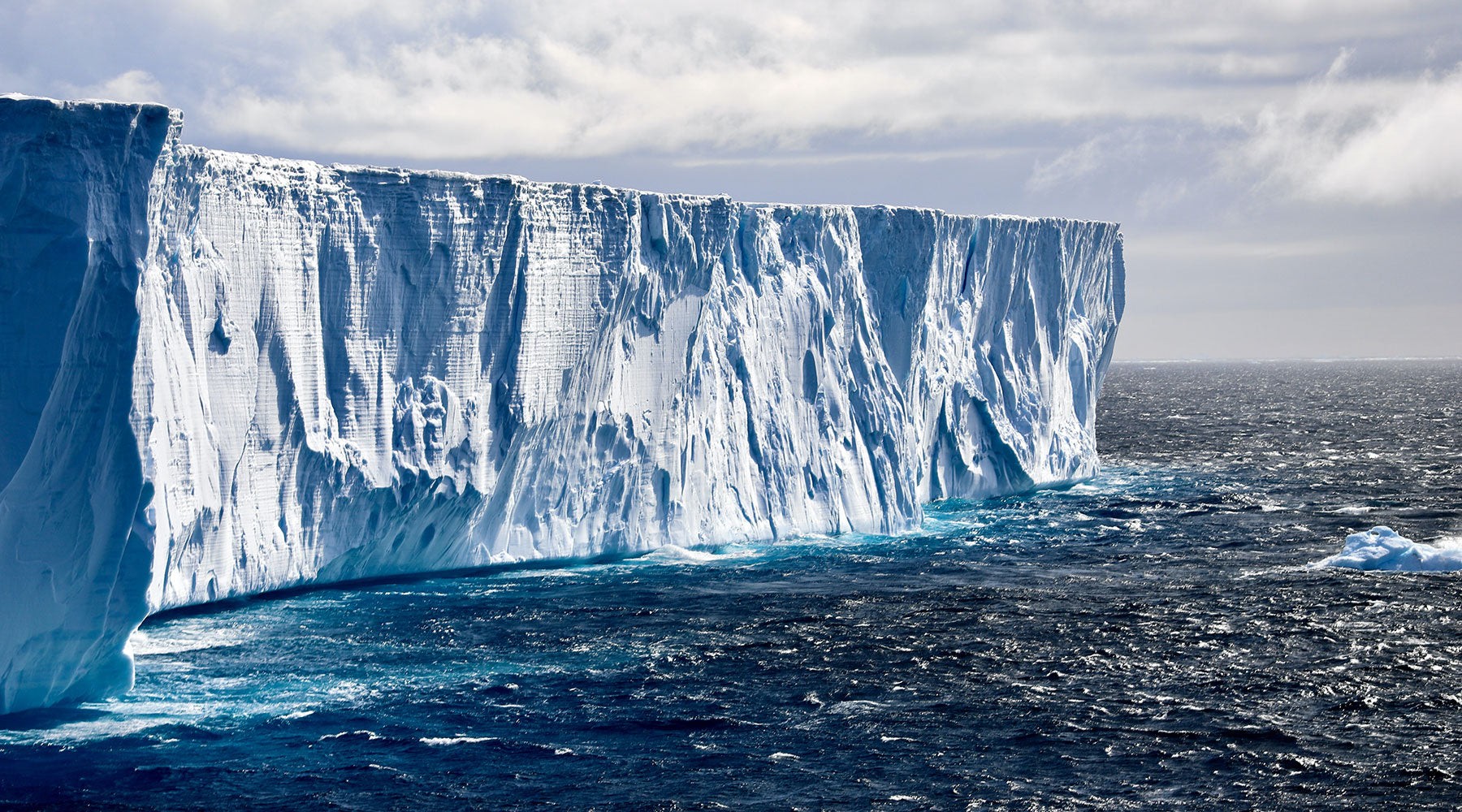
What happens to your body at -50ºC?
Vascular surgeon, world-leading frostbite expert and mountaineer Professor Chris Imray shares insights into what happens to the mind and body when subjected to temperatures as low as -50ºC.
Words by Patrick Tillard
Most of us have experienced ‘cold’ – the likes of -10ºC, perhaps, in the winter months, but how many of you can say that you’ve felt the cutting edge of temperatures below -30ºC? Or even -50ºC? This is the realm of hardy people living at the highest habitable latitudes on earth, or explorers and adventures, men and women who actively choose to test their mental and physical capabilities in extreme-cold environments.
When the human body is subjected to temperatures below freezing, its behaviour starts to change. These changes vary massively from person to person – where some people thrive in cold conditions, others deteriorate. Research highlights that genetics are as crucial to an explorer’s success as motivation and stamina – some people simply have the DNA to withstand brutal conditions better than others.
Maintaining body temperature in cold conditions, better known as thermoregulation, is a balance that needs to be managed carefully. Warmth comes from exercising muscles, food and external heat sources like the sun or a hot water bottle. Heat is lost through conduction, such as sitting on a cold surface; convection, such a wind; respiration/evaporation, such as breathing quickly at altitude or sweating; and radiation.

In addition, there are many external factors that play a part in ‘cold’. These include the environment, altitude, whether there is bright sun or cloud cover, and what activity you are partaking in. And, crucially, windchill, which has a drastic effect on the rate body heat is lost, driving perceived temperatures down and accelerating mental and physical concern. The right clothing and behaviours are pivotal, a matter of life and death.
The way in which cold temperatures affect us can be categorised by peripheral cold and central cold. The former is the affect it has on your limbs and skin – your hands, feet, nose, ears, etc. – leading to frostbite as the skin and underlying tissues freeze; while the latter is the affect it plays on inner core temperature, leading to hypothermia, where all the normal functions of the body and brain start to essentially shut down.
To delve into this further, we hopped on a call with vascular surgeon, frostbite expert and mountaineer Professor Chris Imray, who explained how extreme-cold temperatures can distress the human body. Given the number of external variables that play a part in the ‘real temperature’, we focused on the simplified effects of being exposed to extreme-cold in its own right, without any of the aforementioned elements of windchill and altitude.
10º to 0ºC (in still conditions)
Core temperatures drops and you’ll start to feel chilling. In the wrong kit, hypothermia can set in over a matter of hours. Exposed extremities will have reduced function.
What to wear
Active person (runner): shorts, maybe a hat
Static person: warm jacket, hat, gloves
0º to -10ºC (in still conditions)
The right kit becomes essential. Without it, hypothermia can set in over an hour. Extremities will continue to lose functionality, with frostbite becoming a possibility if exposure is sustained or skin comes into contact with metal.
What to wear
Active person (skier, climber): insulated leggings, hat, gloves, insulated boots
Static person: insulated jacket, start of a layering system, hat, gloves, insulated boots
-10º to -20ºC (in still conditions)
In this temperature range there is a real risk of bare skin freezing quickly. Without the right kit, hypothermia can set in over 30 minutes. Decision making weakens. Exposed fingers, toes, ears, nose are at risk of frostbite after short exposure.
What to wear
Active person (skier, climber): insulated kit, second layers, leggings, hat, gloves, buff, insulated boots
Static person: insulated jacket, layering system, hats and gloves / thick mitts, insulated boots
-20º to -30ºC (in still conditions)
Things starts to get more serious in these temperatures. Hypothermia can take hold in 10 or so minutes and your survival time is limited. Decision making becomes compromised; speech may get slurred and you’ll feel confused. It is important to keep moving and be properly layered.
Exposed extremities are at real risk. Even in gloves you’ll start to lose some manual dexterity. Frostbite is likely over short exposure or contact with metal.
What to wear
Active person: well-insulated kit, second layer, leggings, hat, gloves, buff, insulated boots
Static person: insulated jacket, start layering system, hats and gloves or thin mitts, insulated boots (a tent or igloo is key)
-30º to -40ºC (in still conditions)
We are moving into seriously cold conditions – to give you an idea of how serious, this is well below the perceived safe training limits of the military. The risks of hypothermia and frostbite are very real and time exposed needs to be as limited as possible. Good kit and knowledge of how to use it is crucial.
What to wear
Active person: well-insulated kit, multiple layers, leggings, hat, gauntlets/mitts, buff and or neoprene face mask, well-insulated boots
Static person: insulated jacket, layering system, hats and mitts, buff and or neoprene face mask, well insulated boots. If you have to stay in one place a tent, snow hole or igloo is key
-40º to -50ºC (in still conditions)
Below minus 40ºC, death is a serious risk – humans aren’t naturally built to survive in these temperatures. This is no place for heroics – level-headedness through experience is needed to stay alive. (This is where the likes of Louis Rudd are able to operate in polar environments – they have an innate understanding of the conditions; how best to react to them and how to listen to their minds and bodies as to when to push on and when to hunker down.)
It is essential to regulate body heat – heat in versus heat out. If active, the best kit is required to survive in this extreme cold. If static, the right kit and a tent, snow hole or igloo. Hypothermia will take hold after just a few minutes of indecision. Your mind and body state can deteriorate rapidly. Exposed skin will be prone to frostbite in minutes.
What to wear
Full expedition gear
TO FINISH...
It's important to reiterate that this is a simplification of a very complex science and that the effects extreme-cold temperatures have on the human body vary hugely from one person to the next. And every scenario is different.
What is certain, however, is that once you get beyond -30ºC, knowledge is crucial to survival – understanding the cold and how it affects you can be the tipping point between success and failure in polar regions. The most successful polar explorers know their limits and abilities given the conditions – it is this that allows them to not only survive but thrive in these temperatures.


